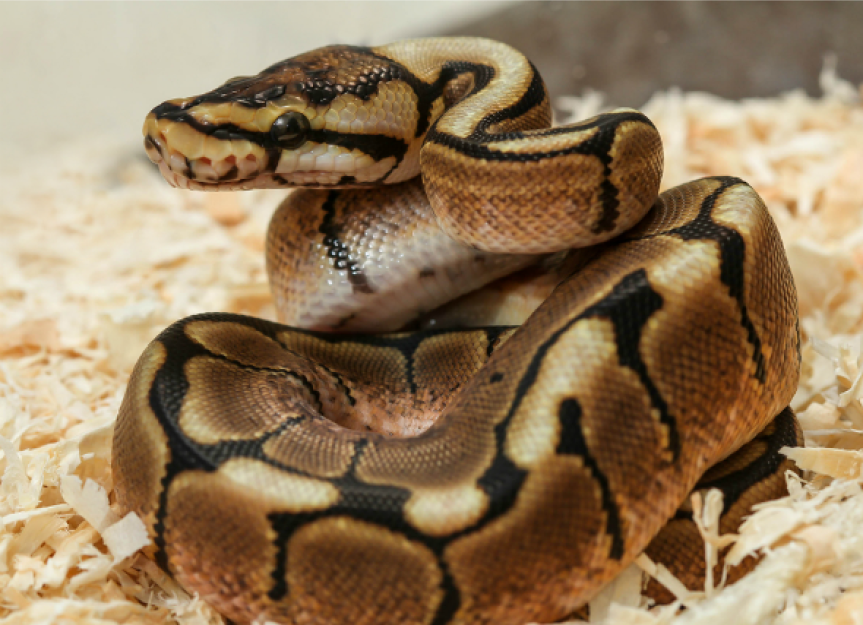Metabolic Bone Disease (MBD) & Disorders in Reptiles
Metabolic Bone Disease
Reptiles that eat primarily insects or plants are at risk for developing metabolic bone disease, which is caused by an imbalance in the levels of calcium, phosphorous, and vitamin D in their bodies. Snakes and other carnivorous reptiles that are fed whole prey generally get enough calcium and vitamin D in their diets, and metabolic bone disease is rarely a problem for them.
Symptoms and Types of MBD
Typical symptoms of metabolic bone disease include:
- Limping
- Bowed legs
- Hard lumps along the legs, spinal column, or jaw
- Softening and unusual flexibility of the lower jaw
- Difficulty raising the body off the ground
- Decreased appetite
如果血液中的钙含量very low, depression, lethargy, twitches, tremors, hind end weakness, seizures, and death may result.
A turtle’s shell may become unusually soft, flared up around the edges, or pointed down at the rear. If the large “scales” of a tortoise’s shell (or scutes) have an abnormal pyramid-like shape, metabolic bone disease should be suspected.
Causes of Metabolic Bone Disease in Reptiles
Metabolic bone disease usually develops when dietary levels of calcium or vitamin D are too low, phosphorous levels are too high, and/or when inadequate exposure to ultraviolet-B wavelengths of light hinders normal vitamin D production and calcium metabolism within a reptile’s body.
Diagnosis
A veterinarian will often diagnose metabolic bone disease based on an animal’s clinical signs, diet, and access to ultraviolet-B light; X-rays and/or blood work, including measurements of calcium levels, may also be necessary.
See Also:
[video]
Treatment
A reptile that is only mildly affected by metabolic bone disease will usually completely recover with dietary improvements, calcium and vitamin D supplements, and greater access to full-spectrum ultraviolet light. More severe cases require calcium and vitamin D injections, oral supplements, fluid therapy, and nutritional support. Injections of the hormone calcitonin can also be helpful after calcium supplementation has begun. If a reptile is suffering from broken bones as a result of metabolic bone disease, splints or other forms of stabilization may be necessary.
Living and Management
Reptile owners must pay close attention to their pets’ diet and environmental conditions if metabolic bone disease is to be avoided. Calcium-rich foods for herbivores include cabbage, kale, okra, sprouts, bok choy, alfalfa, squash, berries, and cantaloupe. Calcium and vitamin D supplements are also necessary for reptiles that eat primarily plant material or insects. Feeder insects should be raised on a nutritious diet, gut-loaded with healthy food prior to being fed to reptiles, and dusted with an appropriate vitamin and mineral supplement. Be careful not to overuse calcium and vitamin D supplements, as it may result in other medical issues that can be just as serious as those associated with metabolic bone disease.
Turtles, tortoises, and lizard species that are primarily active during the day all need access to ultraviolet-B light. Full-spectrum UVB-producing bulbs should be used within the terrarium. Depending on the pet, natural sunlight can sometimes be used, as it is the best source of these wavelengths.
Keep in mind, however, that reptiles should never be placed in direct sunlight when they are housed within a glass or plastic enclosure. Not only do these materials filter out the beneficial wavelengths, but the animals also can quickly overheat and die.
Help us make PetMD better
Was this article helpful?
